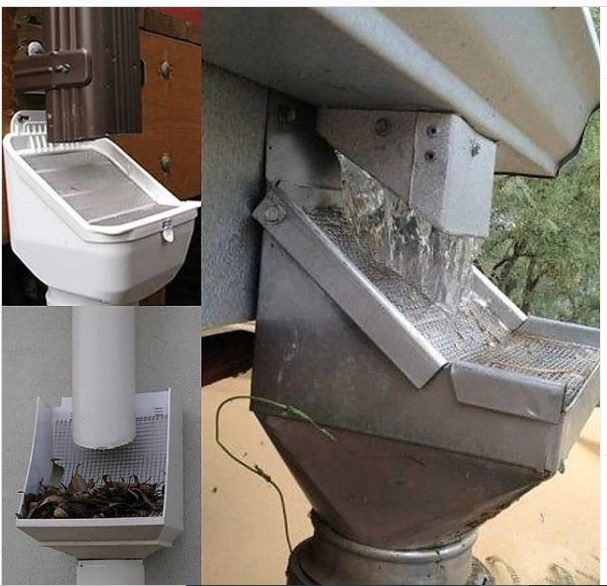Rainwater harvesting can boost the availability of water in many households. It simply involves the collection of water from surfaces on which rain falls, and subsequently storing this water for later use.
The lack of water is a real challenge across the African continent. Rainwater harvesting can improve the livelihoods of women and children by reducing time spent on fetching water. It can also contribute to food security, by providing water during dry seasons for small-scale agriculture.
The basic rainwater harvesting system will capture rainwater from the roof, divert it via gutters, and store it in tanks for later use. This water can be used to supplement the main water supply.
You’ll first need to appropriately size the rainwater storage and estimate the amount of rainfall that can be collected. You can use this app developed by the UN Environment to calculate the amount of rainwater your roof can harvest.
The rainfall capturing area must be large enough to maintain adequate flow, with the water storage tank size being large enough to contain the captured water.
Which roofing material is best suited for rainwater harvesting?
The kind of material you use to cover your roof directly affects the quality of water collected.
Fire-treated clay tiles are the best material for harvesting rainwater because they are made of clay which is a natural filter. They are however not efficient because they absorb some water due to their porous nature. A light rain shower will yield a lower collection compared to a mabati roof.
Corrugated iron sheets (mabati) are an excellent and inexpensive roofing material. Rainwater collected from such a roof is considered relatively safe for domestic uses. However, it is worth mentioning that they might leach excess zinc into the water. You can confirm the levels by having your rainwater tested for excess zinc levels.
There have been concerns about stone-coated tiles and how suitable they are in the collection of rainwater. Genuine decra roofing tiles are considered safe for harvesting rainwater but you have to make sure you’re using genuine decra. Other stone-coated tiles brands do not gurrantee this.
Thatched roofs are unsuitable catchment surfaces since they tend to rot with time affecting the water quality and color.
Avoid roofs made of asbestos and artificially colored ones as these leach toxic chemicals to the water that can cause cancer.
Water collected with the intention of drinking purposes will need some level of treatment e.g. chlorination in order to ensure they meet regulatory standards for drinking water.
Devices & Techniques for Better Water Quality
To prevent leaves and debris from entering your storage tank, have a screen mounted across the storage tank inlet, with the downpipe above the screen. This will improve water quality considerably.

Since contaminants—debris, dirt, and dust—collect on roofs during dry periods, it is important to employ a system for discarding the first portion of each rainfall (also know as the first flush). This can be a simple arrangement such as manually removing the downpipe away from the tank inlet for first flush and replacing once the first flush water has been diverted.
More complex mechanical systems such as semi-automatic first flush systems that do not rely on individuals exist but are more expensive to implement.
Storage Tanks
The storage tanks can be made of Ferro-cement, steel or plastic. The type of materials will depend on whether the tank will be placed above ground, on the ground or below ground (underground).
Ensure the top of the storage tank remains permanently covered and sealed to prevent the growth of algae or bacteria and infiltration of mosquitoes and dust.
Overflow pipes must be installed at the top of the tank to allow the safe disposal of excess rainwater and to prevent flooding. The overflow water should be drained away to a pit, plant, or stormwater drain.








Very insightful! Thanks. Currently in the process of sourcing rain harvesting roofing materials but confused due to pushy sales people. Particularly concerned due to health implications of zinc & asbestos in roofing material. I was surprised to learn today from an Engineer, that Decra is a safe option for domestic rain water harvesting. All along, contractors have informed me to steer clear way from Decra if considering a roof to harvest drinking water.